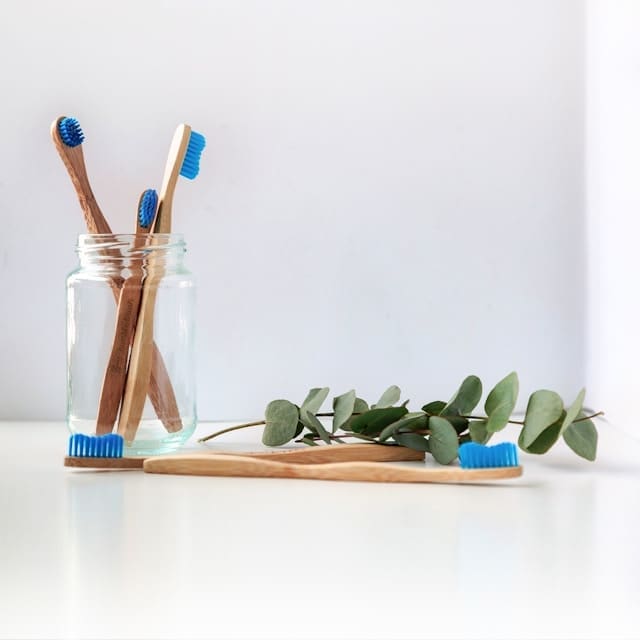In the world of furniture design, every detail matters. From the choice of materials to the finishing touches, each element plays a crucial role in the overall aesthetics and functionality of the piece. One such detail that often goes unnoticed but significantly contributes to the final look and durability of furniture is edgebanding. Edgebanding not only provides a clean and polished appearance but also reinforces the edges, protecting them from wear and tear over time.
In recent years, two popular materials have dominated the edgebanding landscape: PVC and veneer. Both offer unique advantages and can elevate furniture design to new heights when used effectively. In this article, we will explore how PVC and veneer edgebanding can enhance furniture design, offering versatility, durability, and aesthetic appeal.
- Versatility in Design:
One of the most significant advantages of PVC and veneer edgebanding is their versatility in design. PVC edgebanding comes in a wide range of colors, patterns, and textures, allowing furniture designers to achieve virtually any look they desire. Whether you prefer a sleek modern aesthetic or a more traditional feel, PVC edgebanding can be customized to match your vision.
Similarly, veneer edgebanding offers a natural and elegant appearance, ideal for creating a timeless appeal in furniture design. With veneer, designers can showcase the beauty of wood grain while adding a touch of warmth and sophistication to their pieces. From rich mahogany to light oak, veneer edgebanding provides endless options for customization.
- Durability and Longevity:
In addition to their aesthetic versatility, PVC and veneer edgebanding are prized for their durability and longevity. PVC edge banding is highly resistant to moisture, heat, and impact, making it ideal for use in kitchens, bathrooms, and other high-traffic areas. Its seamless appearance also prevents dirt and debris from accumulating along the edges, ensuring easy maintenance and cleaning.
Veneer edgebanding, on the other hand, offers the timeless beauty of real wood along with enhanced durability. By applying a thin layer of genuine wood veneer to the edges of furniture, designers can achieve a cohesive and natural look while reinforcing vulnerable areas against chipping and damage. Veneer edgebanding is particularly well-suited for premium furniture pieces where authenticity and longevity are paramount.
- Seamless Integration:
One of the hallmarks of well-crafted furniture is seamless integration, where every component blends harmoniously to create a cohesive whole. PVC and veneer edgebanding excel in this regard, seamlessly blending with the surface materials to create a polished and unified look.
With PVC edgebanding, designers can achieve perfectly straight edges and crisp corners, enhancing the modern aesthetic of contemporary furniture pieces. The flexibility of PVC also allows for smooth transitions between different surface materials, ensuring a seamless and professional finish.
Veneer edgebanding, on the other hand, adds a touch of craftsmanship and authenticity to furniture design. By carefully matching the veneer to the surface material, designers can create the illusion of solid wood construction, elevating the perceived value of the piece.
- Environmental Considerations:
In an age where sustainability is increasingly important, both PVC and veneer edge banding offer eco-friendly options for furniture designers. PVC edgebanding can be manufactured using recycled materials and is fully recyclable at the end of its lifespan, minimizing environmental impact. Additionally, PVC edgebanding requires minimal maintenance and can last for years, reducing the need for frequent replacements.
Veneer edgebanding, derived from real wood, is a renewable resource that offers a natural and biodegradable alternative to synthetic materials. By opting for responsibly sourced veneer, designers can create furniture pieces that are not only beautiful but also environmentally conscious.
In conclusion, PVC and veneer edgebanding are invaluable tools for enhancing furniture design, offering versatility, durability, and aesthetic appeal. Whether you’re creating sleek modern pieces or timeless classics, these materials provide endless opportunities for customization and creativity. By carefully considering the unique properties of PVC and veneer edgebanding, designers can elevate their creations to new heights, creating furniture that is both functional and visually stunning.
The New Jersey Digest is a new jersey magazine that has chronicled daily life in the Garden State for over 10 years.
- Staffhttps://thedigestonline.com/author/thedigeststaff/
- Staffhttps://thedigestonline.com/author/thedigeststaff/
- Staffhttps://thedigestonline.com/author/thedigeststaff/
- Staffhttps://thedigestonline.com/author/thedigeststaff/


